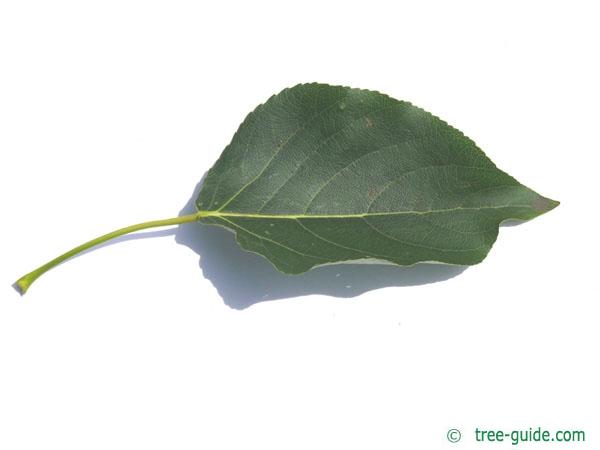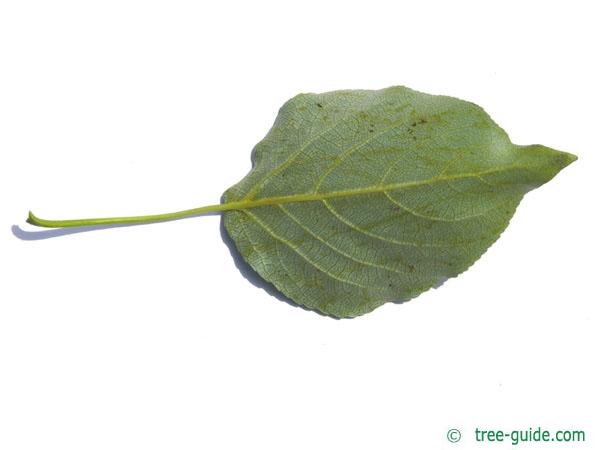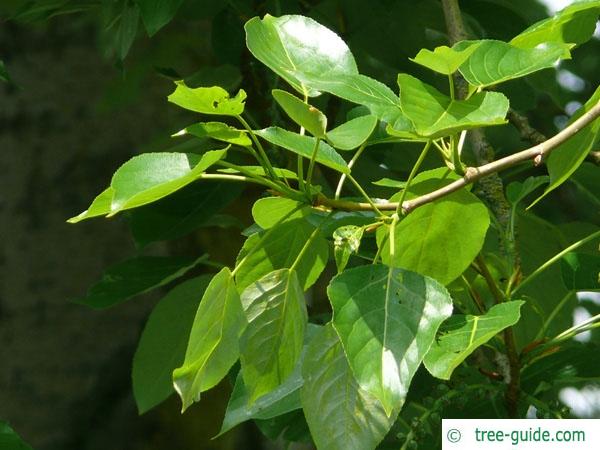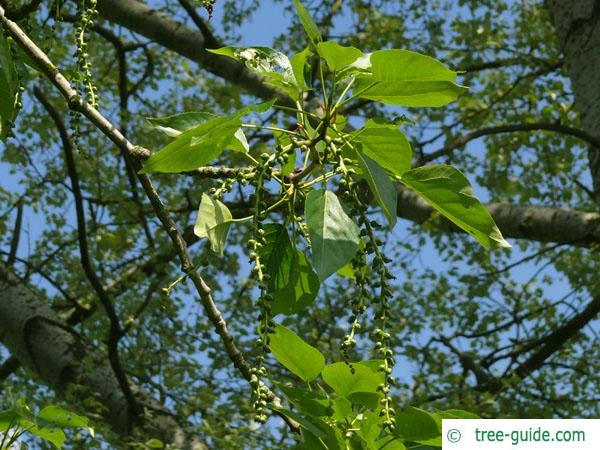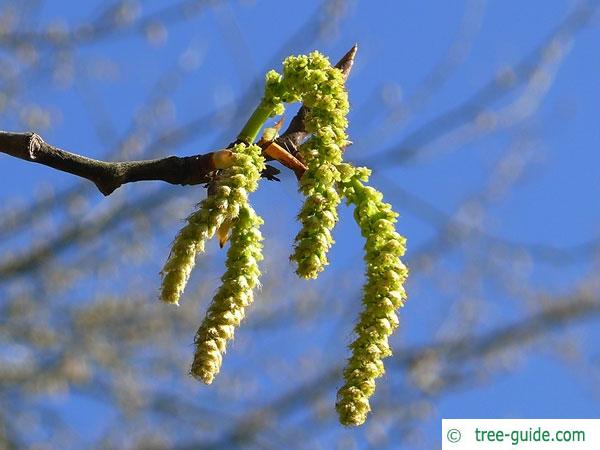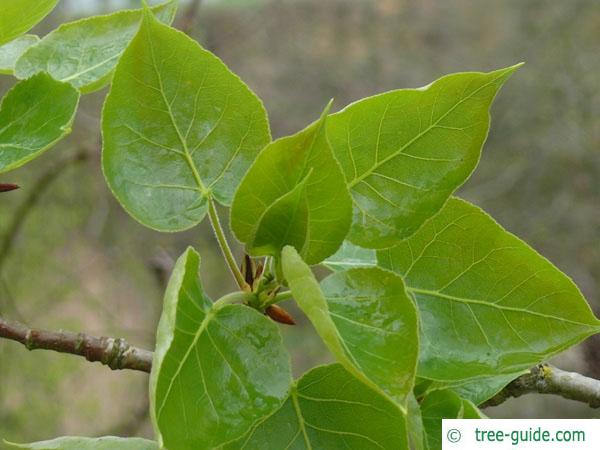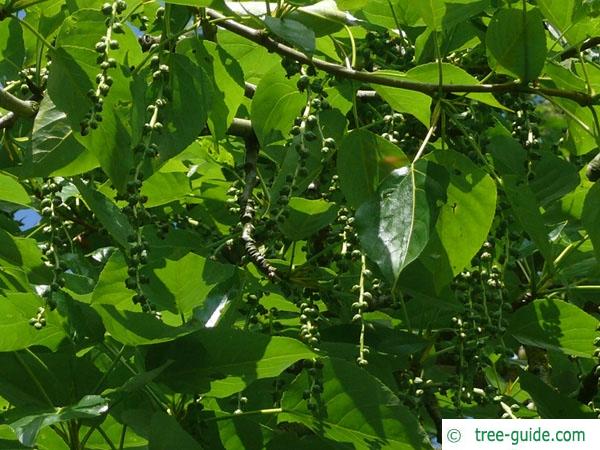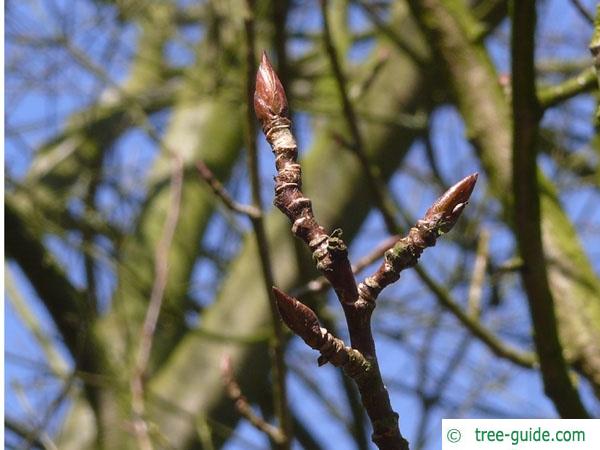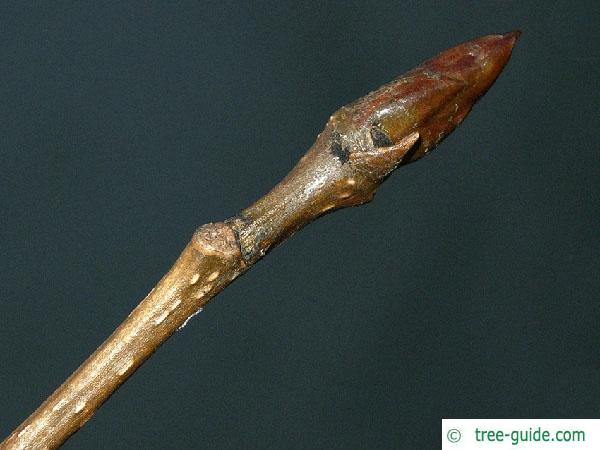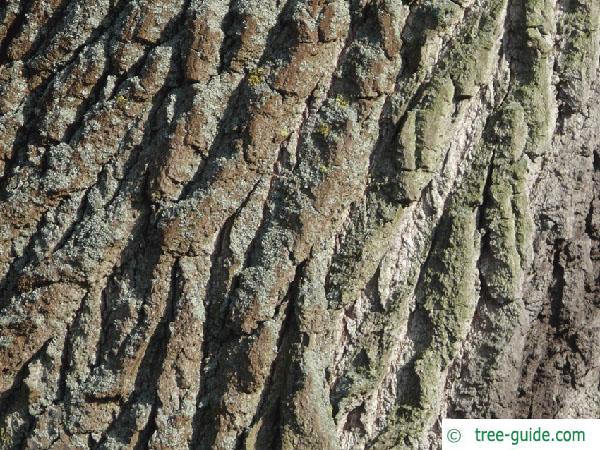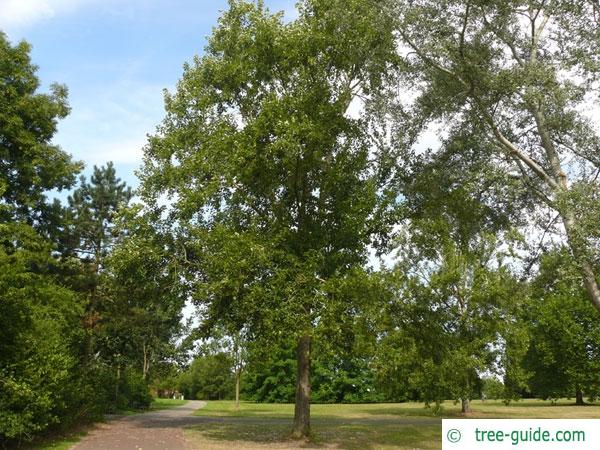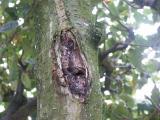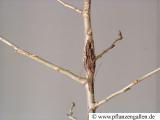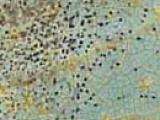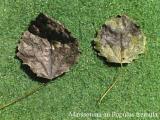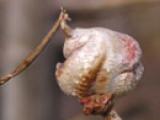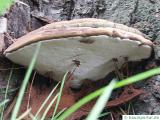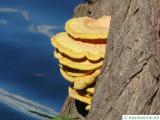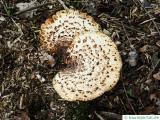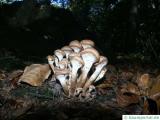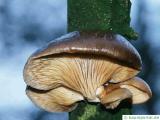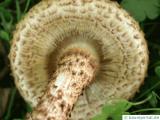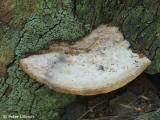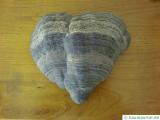Basisdaten
The Balsam poplar in North America is a far more widespread tree where it is planted as timber. In Europe, it has no special importance.
Tree profile
The leaves of balsam poplar smell in the sprouting and are up to 12 cm long. The leaves are pointed and the leaf margins are notched.
The flowers form long catkins up to 8 cm (3.2 in). On the whole, the flower is inconspicuous.
The seeds hang on 12 – 14 cm (4.7 – 5.5 in) long catkins.
The twigs are light brown to brown with bright lenticels. The buds are red-brown and pointed.
parks tree, single tree or planting in groups
Poplars additional information
overview leaves | overview blossoms | overview fruit | overview trunk
overview winter | overview trees







